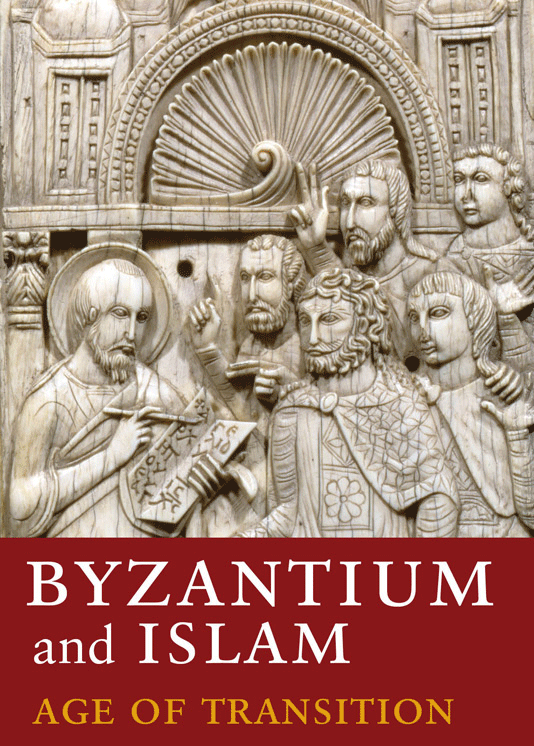Du 14 mars au 8 juillet 2012, au Metropolitan Museum of Art de New York : «Byzantium and Islam : Age of Transition».
Texte de présentation du musée :
«As the seventh century began, vast territories extending from Syria to Egypt and across North Africa were ruled by the Byzantine Empire from its capital, Constantinople (modern Istanbul). Critical to the wealth and power of the empire, these southern provinces, long influenced by Greco-Roman traditions, were home to Orthodox, Coptic, and Syriac Christians, Jewish communities, and others. Great pilgrimage centers attracted the faithful from as far away as Yemen in the east and Scandinavia in the west. Major trade routes reached eastward down the Red Sea past Jordan to India in the south, bringing silks and ivories to the imperial territories. Major cities made wealthy by commerce extended along inland trade routes north to Constantinople and along the Mediterranean coastline. Commerce carried images and ideas freely throughout the region.
«In the same century, the newly established faith of Islam emerged from Mecca and Medina along the Red Sea trade route and reached westward into the empire’s southern provinces. Political and religious authority was transferred from the long established Christian Byzantine Empire to the newly established Umayyad and later Abbasid Muslim dynasties. The new powers took advantage of existing traditions of the region in developing their compelling secular and religious visual identities. This exhibition follows the artistic traditions of the southern provinces of the Byzantine Empire from the seventh century to the ninth, as they were transformed from being central to the Byzantine tradition to being a critical part of the Islamic world.»
Aller au site de l’exposition.

